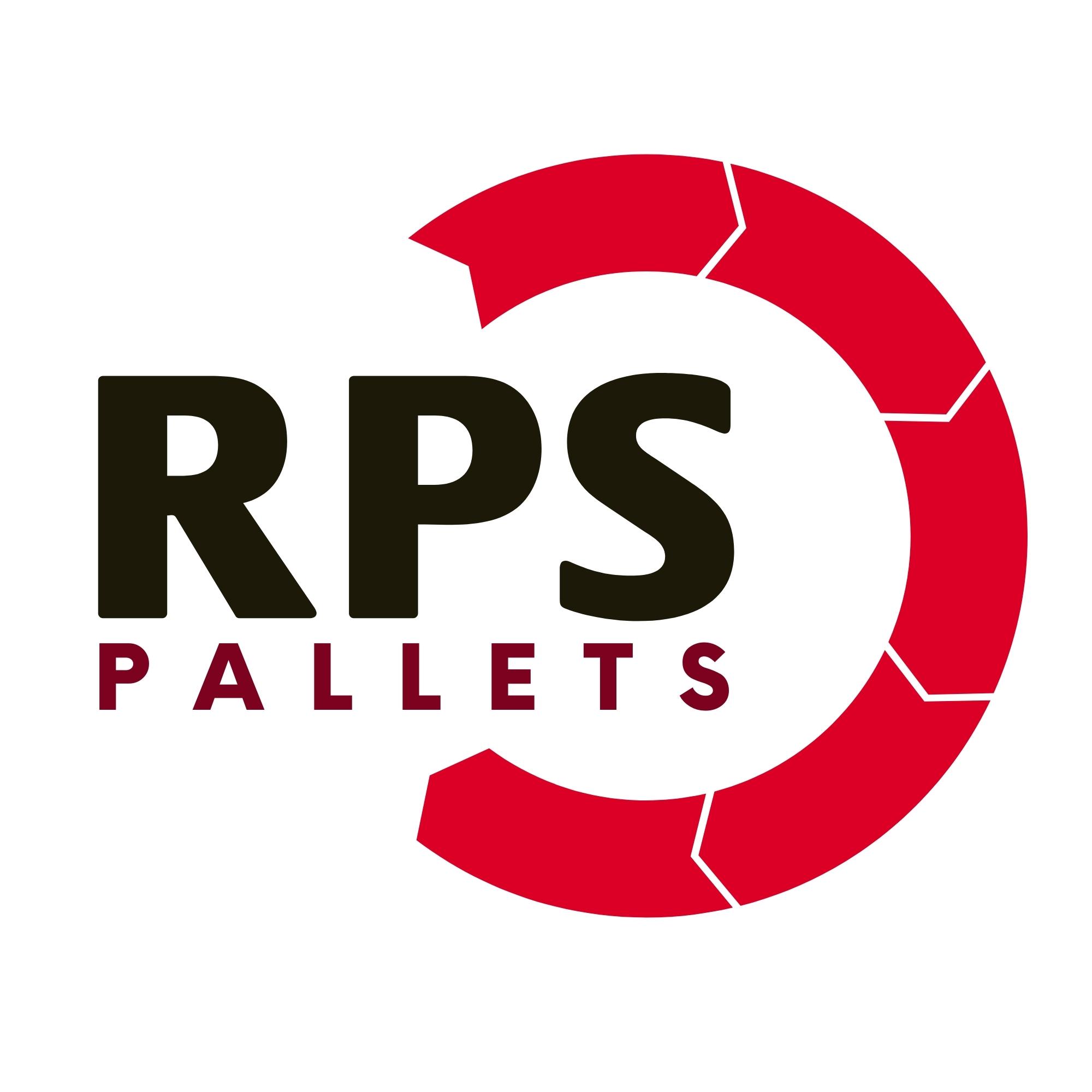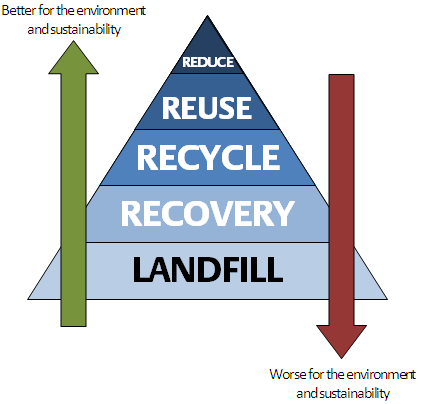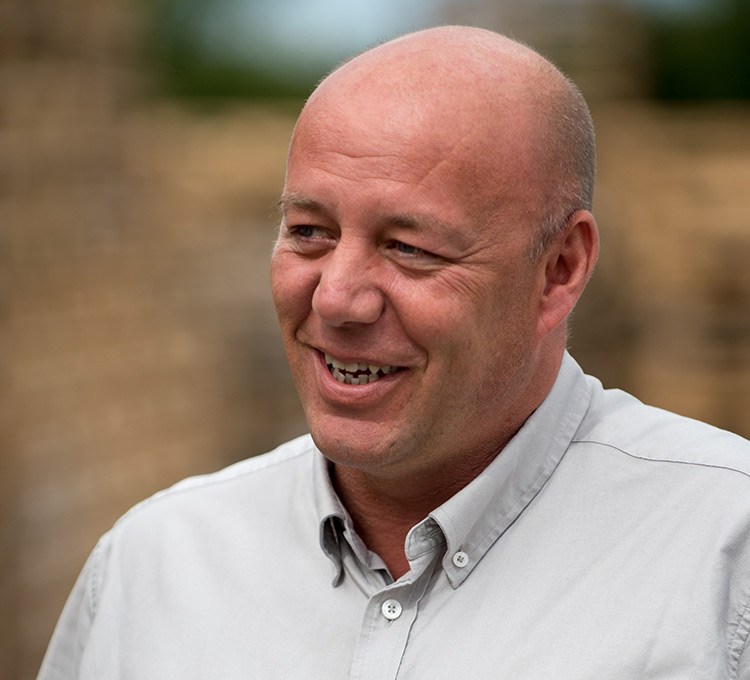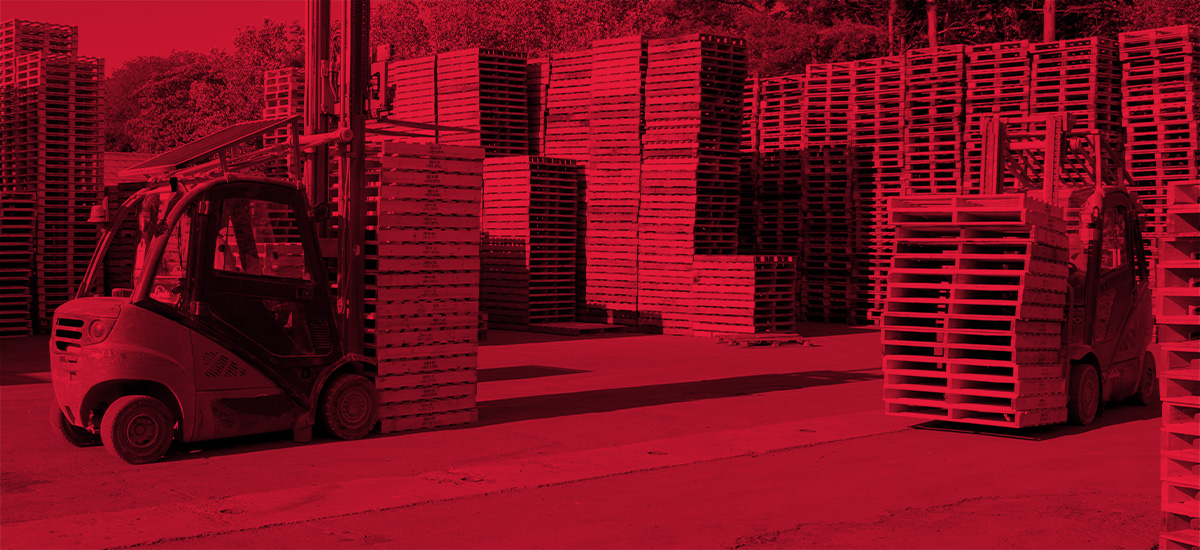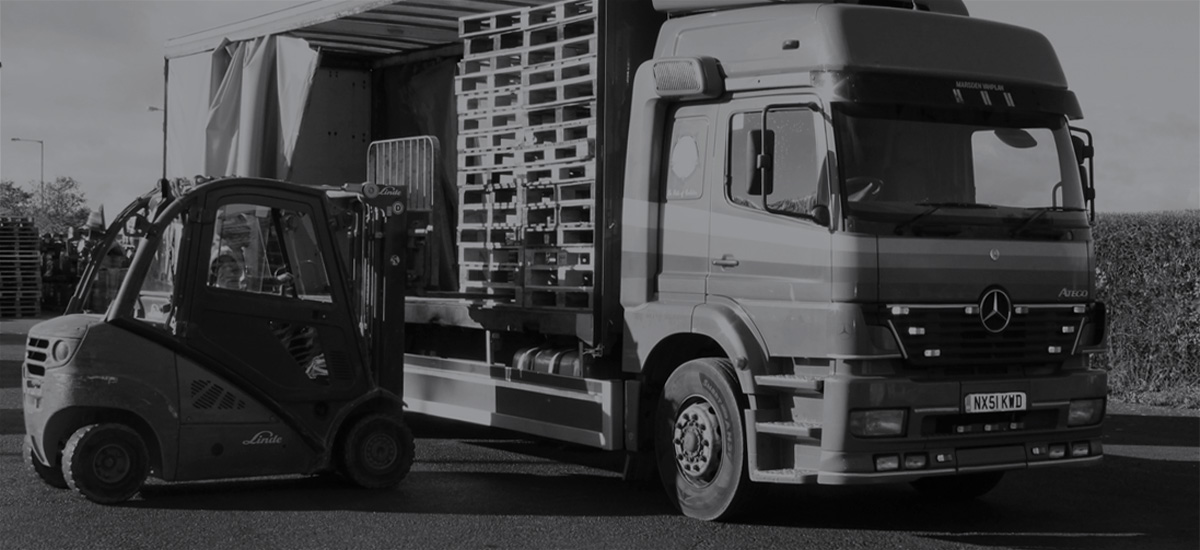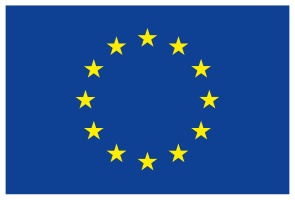In August the EU announced proposed waste recycling targets which have been met with repulsion within the packaging industry, suggesting the targets are unachievable.
The targets include recycling 80% of packaging waste materials by 2030, achieved through set increments every five years; 60% by 2020, 70% by 2025 and finally the proposed 80% by 2030.
There has also been consideration made on individual packaging materials so that 90% of paper, aluminium, ferrous metal and glass packaging must be recycled or prepared for reuse by 2030.
In addition, recyclable waste will be banned from all landfill sites by 2025.
These targets have been proposed in an effort to reduce the linear approach of product usage and encourage a circular economy to preserve materials and reduce waste.
It is clear from industry representatives that these targets have been met with negativity. Jane Bickerstaffe, director of Incpen, suggested the targets “are unachievable”, and Dick Searle, CEO of the Packaging Federation, condemned them “utterly impossible”. However, there is a clear indication that the UK is doing a great deal already to meet the planned targets. If business attitudes are right and processes are performed well, why can’t we achieve the targets?
Speaking with Defra on the issues raised by the packaging industry, Andrew Barneston, director of packaging affairs at the Confederation of Paper Industries, said: “We have had a very constructive conversation with Defra and BIS about how we don’t think meeting these targets with the new methods is very possible.”
Barneston added: “To meet even the 85% target for paper by 2025 will be impossible if we don’t count the waste. It is an inevitable by-product of recycling.
“We are at 81.3% now, so the proposed 85% we could probably do.
“As for the eventual 90% to be recycled by 2030, this is far less achievable.”
A possible oversight on this last comment is the exclusion of preparing for reuse. The proposed objective is a combination of both recycling and preparing for reuse. With these two separate activities working together to achieve one goal there is a possible chance that a 90% recycling or preparing for reuse rate could be attained.
Rebecca Cocking, head of container affairs at British Glass, asks: “Who is going to collect this waste? How will it be collected?”
There is a vast network of UK total waste management companies that recycle and prepare packaging materials for reuse. These are established businesses that have had several years working within the industry to recycle waste including packaging waste materials.
Focusing on reuse, RPS collects industrial packaging including used pallets and big bags from around the UK, Ireland and Europe. Preparing packaging for reuse not only helps the environment by utilising existing packaging again, it saves time and money; time because RPS handle the entire process leaving the customer to concentrate on important business activities and money as a collected pallet for reuse can be supplied back to the customer at a price considerably less than purchasing new.
In response to Cocking’s comment on who will collect the waste, and how will it be collected, similar to many total waste management companies, RPS has a strong logistics network which enables collections from the UK, Ireland and Europe therefore with the correct organisation and effective planning any collection can be achieved.
In the UK the Waste Framework Directive legislation encourages reuse over recycling but in general there is still the attitude that recycling is the preferred or perhaps only option available for waste. Is a waste actually waste if it can be reused? Or can we eliminate waste by reusing as many products as possible, including packaging such as wooden pallets, cardboard boxes or glass packaging. As an economy is it not possible for us to collectively put actions in place to extend preparing waste for reuse?
With a positive outlook on the possibilities of packaging reuse and recycling there is a chance the 90% target could be met by 2030. That’s over fifteen years of preparation to achieve a target by making processes more efficient and understanding the opportunities available to us.
